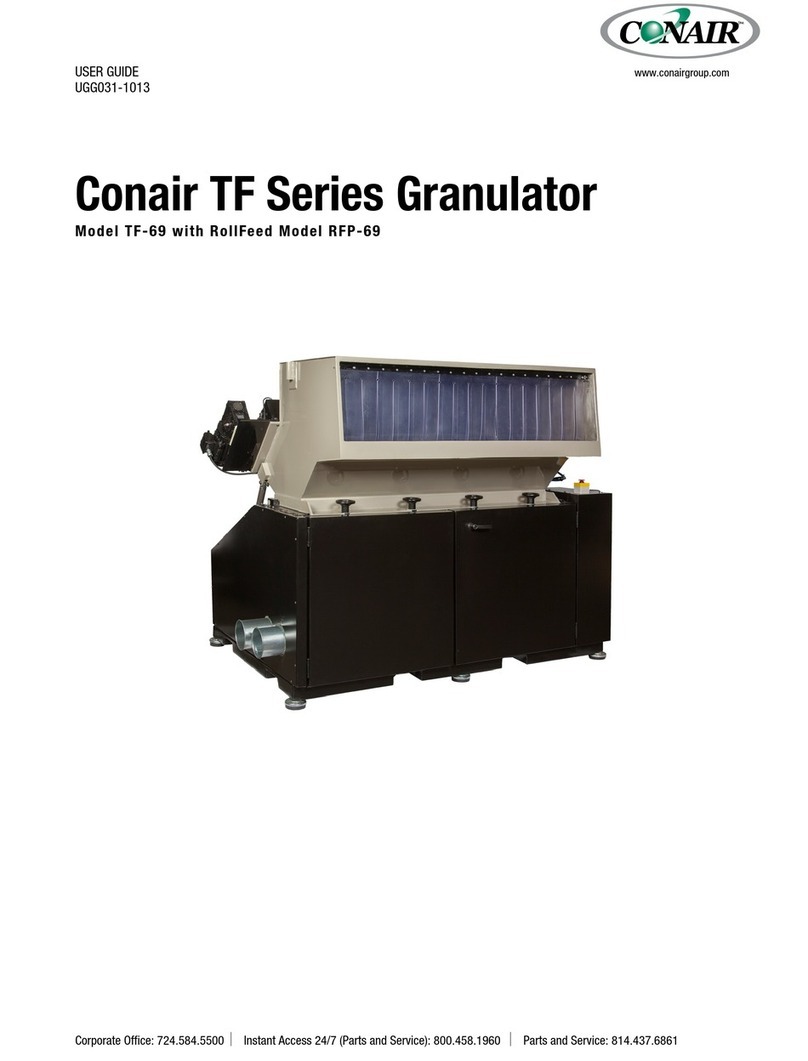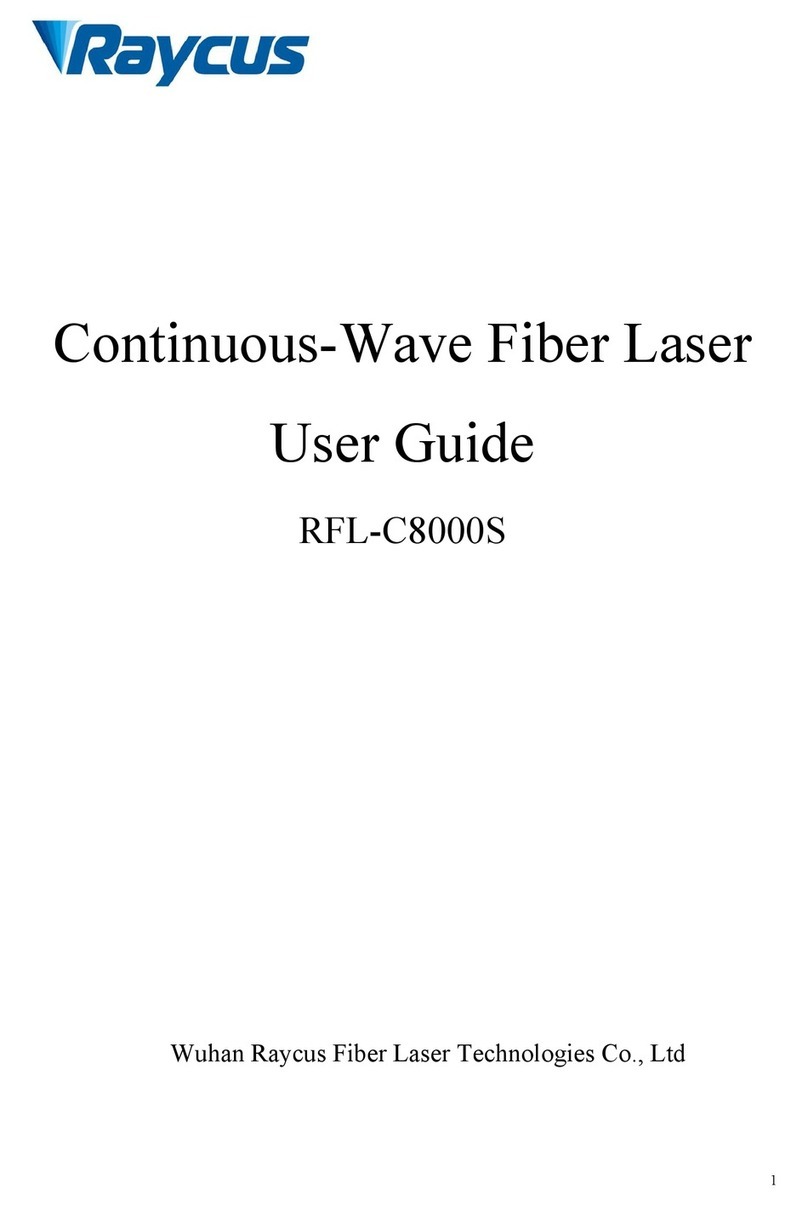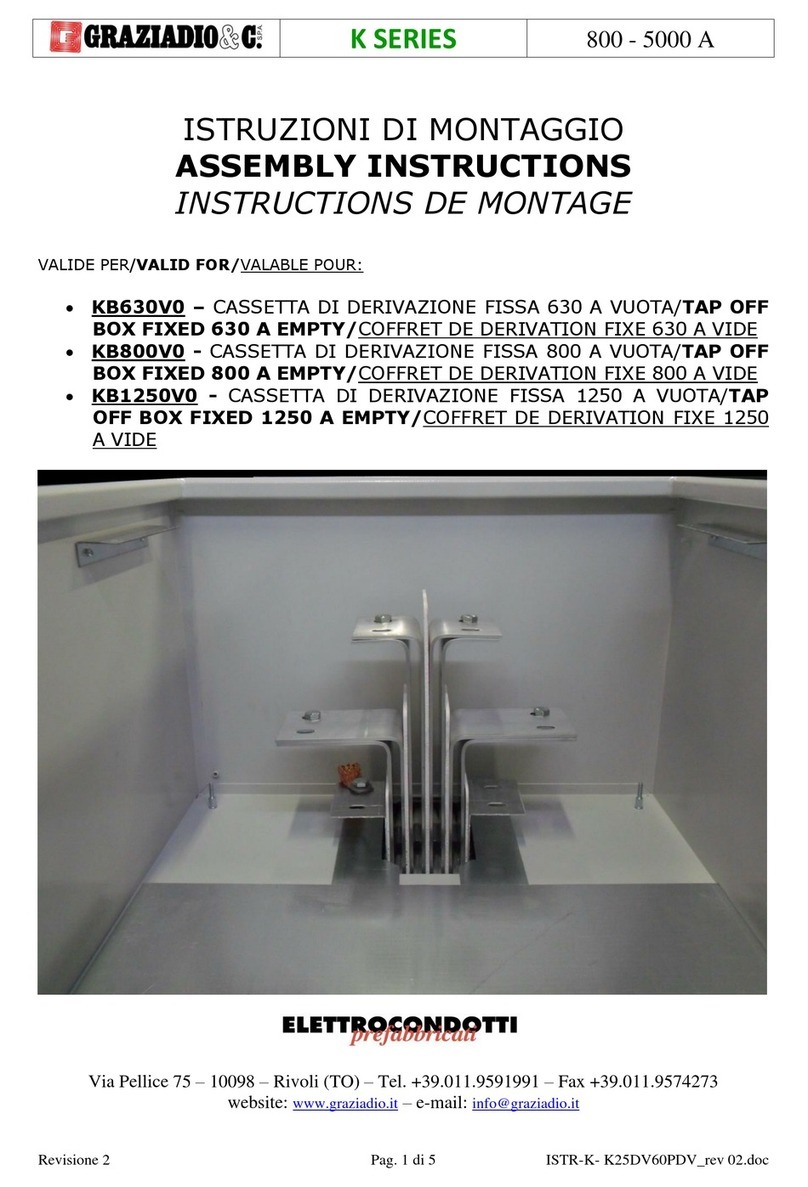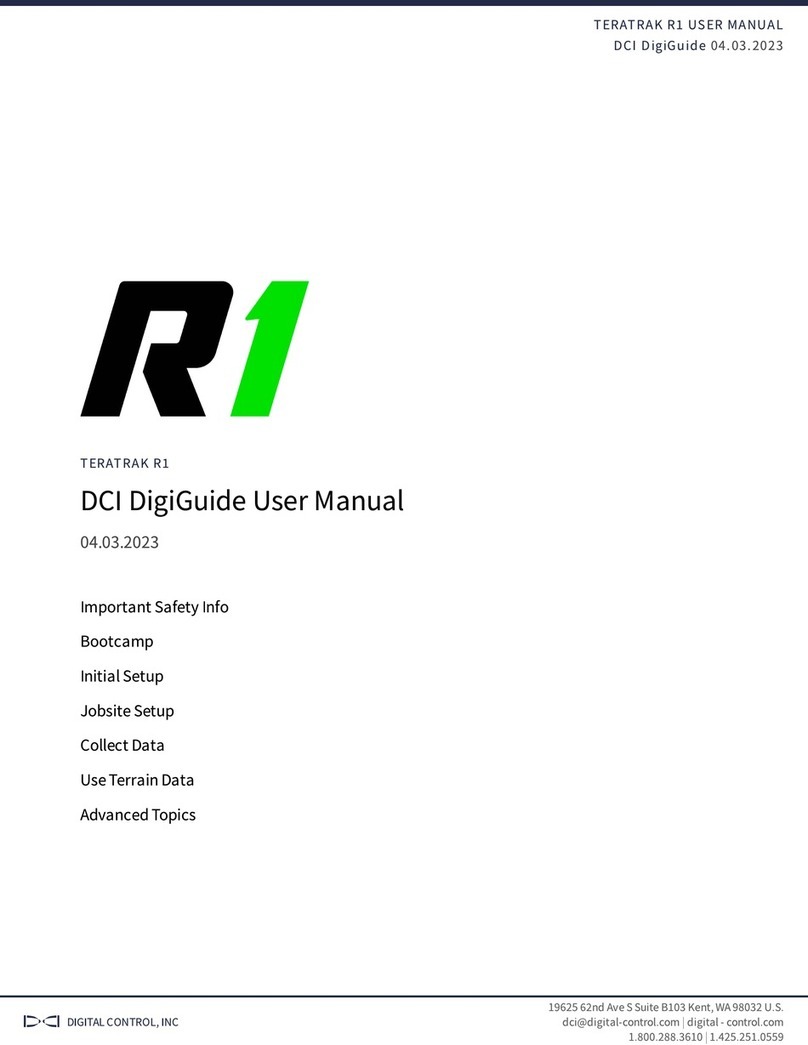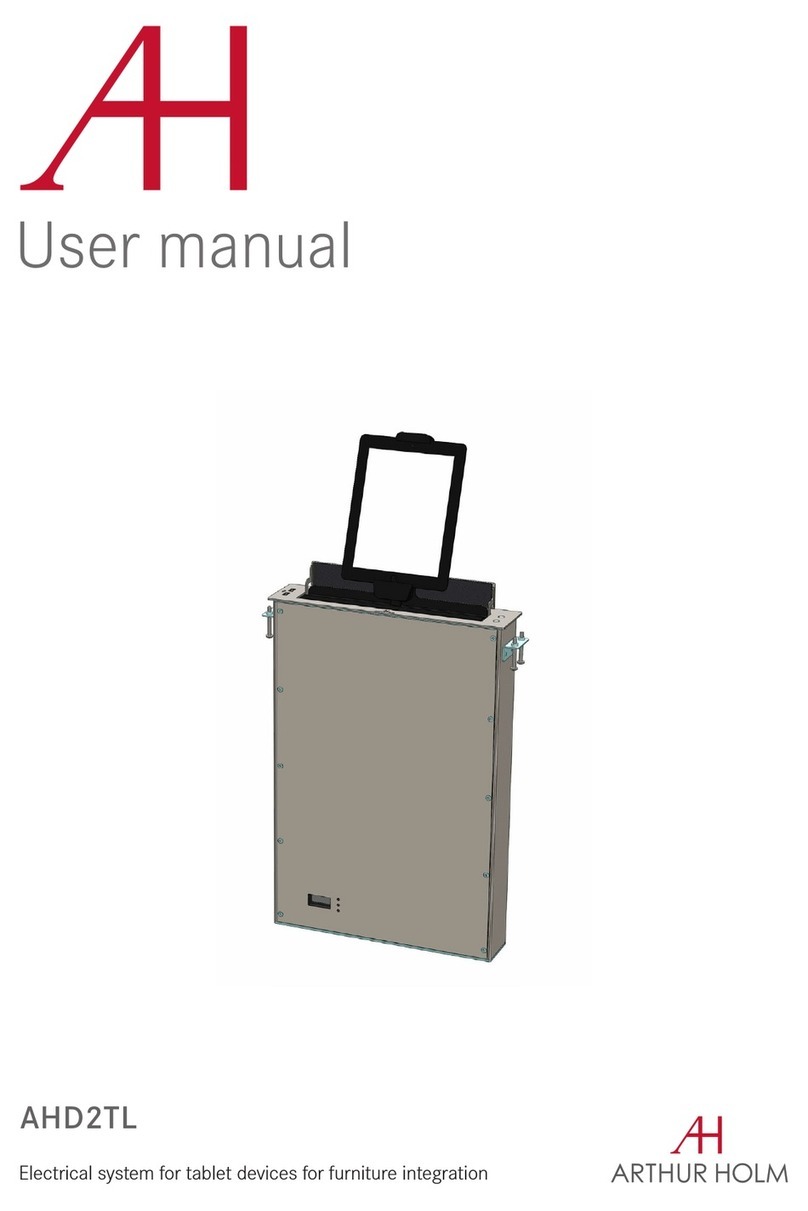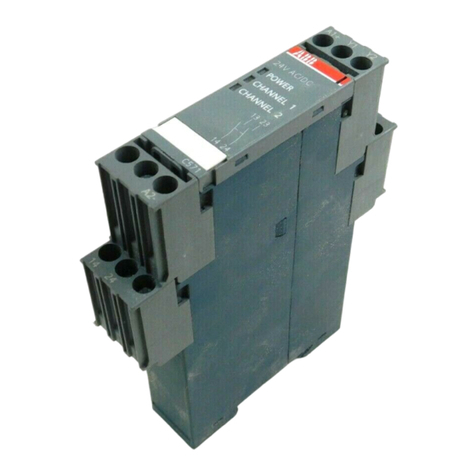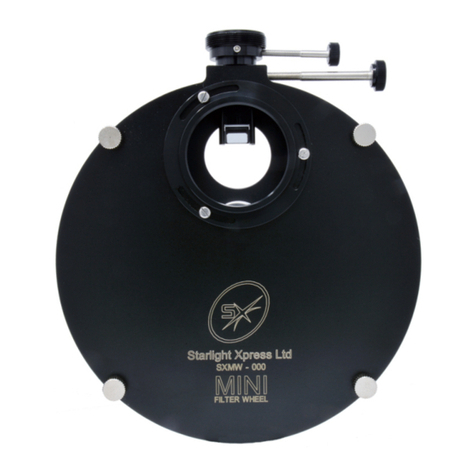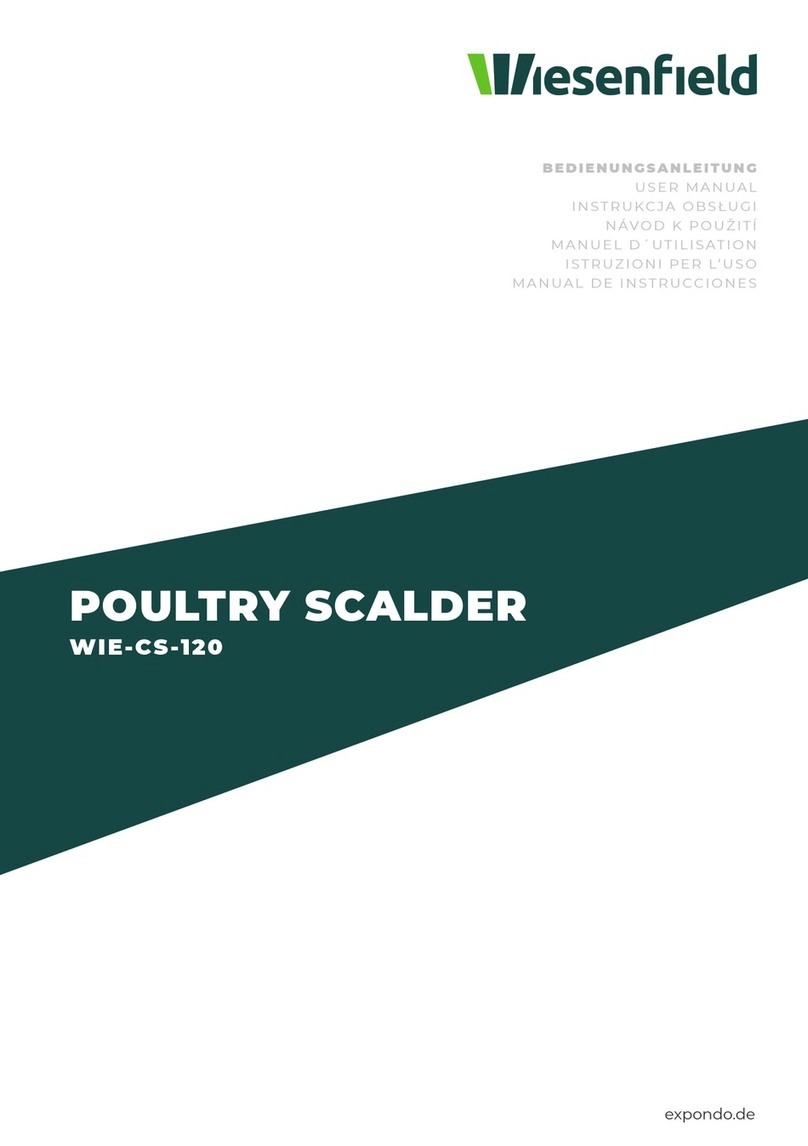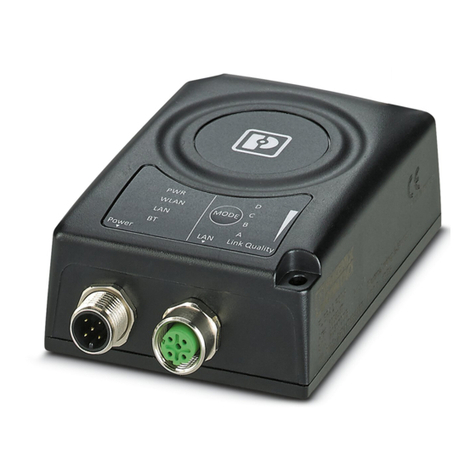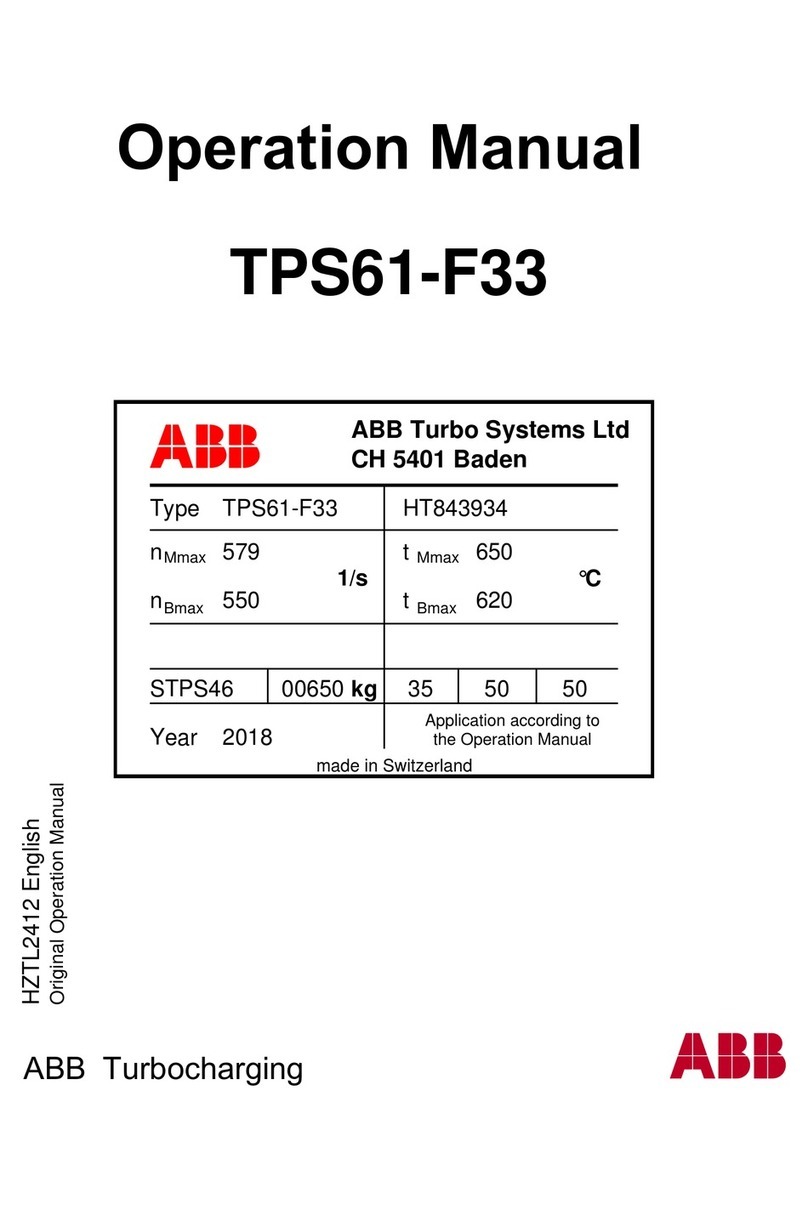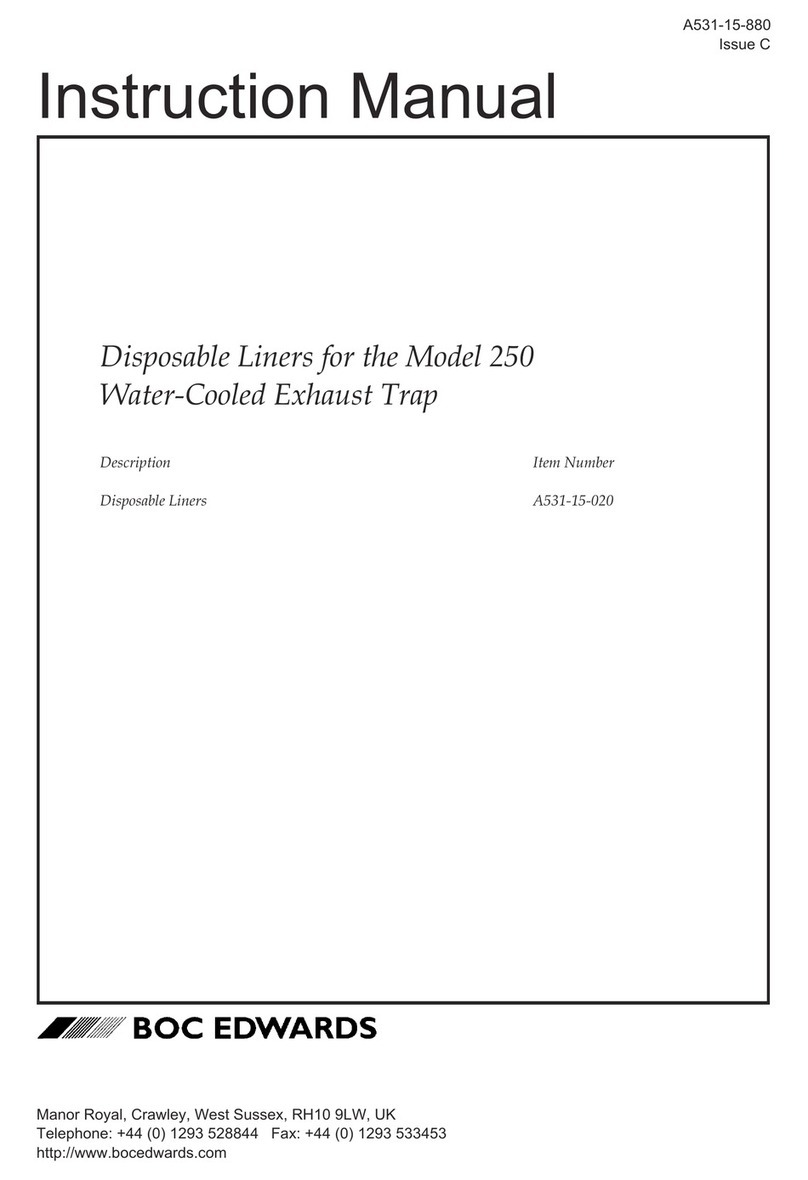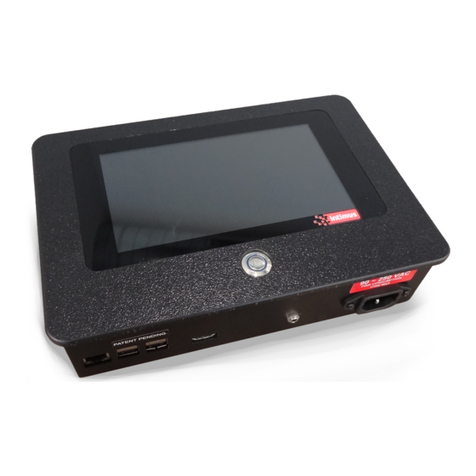TCRS AH150TON Service manual

150 TON AHU
OPERATING AND SERVICE MANUAL
STARTING S/N AHU 150-22-00037
REV-

Contact TCRS at 440-658-2020
1
TABLE OF CONTENTS
Page No.
Description
1
Table of Contents
2
Safety Information
5
Technical Data Specifications
6
Operator Control Panel
7
Operation and Service
7
Troubleshooting
8
Electrical Schematic
9
Electrical Panel Layout
10
Structural\Sheet Metal

Contact TCRS at 440-658-2020
2
Important Safety Information
Most accidents that involve product operation, maintenance and repair are caused by failure to observe
basic safety rules or precautions. An accident can often be avoided by recognizing potentially hazardous
situations before an accident occurs. A person must be alert to potential hazards, including human factors
that can affect safety. This person should also have the necessary training, skills and tools to perform these
functions properly.
Improper operation, lubrication, maintenance or repair of this product can be dangerous and could
result in injury or death.
Do not operate or perform any lubrication, maintenance or repair on this product, until you verify
that you are authorized to perform this work, and have read and understood the operation,
lubrication, maintenance, and repair information.
Safety precautions and warnings are provided in this manual and on the product. If these hazard warnings
are not heeded, bodily injury or death could occur to you or to other persons.
The hazards are identified by the “Safety Alert Symbol” and followed by a “Signal Word” such as
“DANGER”, “WARNING” or “CAUTION”. The Safety Alert “WARNING” label is shown below.
The meaning of this safety alert symbol is as follows:
Attention! Become Alert! Your Safety is involved.
The message that appears under the warning explains the hazard and can be either written or pictorially
presented.
A non-exhaustive list of operations that may cause product damage are identified in this publication.
TCRS cannot anticipate every possible circumstance that might involve a potential hazard.
The warnings in this publication and on the product are, therefore, not all inclusive. You must not
use this product in any manner different from that considered by this manual without first satisfying
yourself that you have considered all safety rules and precautions applicable to the operation of the
product in the location of use, including site-specific rules and precautions applicable to the
worksite. If a tool, procedure, work method or operating technique that is not specifically
recommended by TCRS is used, you must satisfy yourself that it is safe for you and for others. You
should also ensure that you are authorized to perform this work, and that the product will not be
damaged or become unsafe by the operation, lubrication, maintenance or repair procedures that
you intend to use.
The information, specifications, and illustrations in this publication are on the basis of information that was
available at the time that the publication was written. The specifications, torques, pressures,
measurements, adjustments, illustrations, and other items can change at any time. These changes can
affect the service that is given to the product. Obtain the complete and most current information before you
start any job.
When replacement parts are required for this
product, TCRS recommends using parts with
equivalent specifications including, but not limited
to, physical dimensions, type, strength and material.
Failure to heed this warning can lead to premature
failures, product damage, personal injury or death.

Contact TCRS at 440-658-2020
3
Universal Warning
Do not operate or work on this equipment unless
you have read and understand the instructions
and warnings in the Operation and Maintenance
Manuals. Failure to follow the instructions or heed
the warnings could result in serious injury or
death.
Electrical Shock
The safety message for electrical shock is located on the control panel.
WARNING! Shock/Electrocution Hazard! Read
and understand the instructions and warnings in
the Operation and Maintenance Manual. Failure to
follow the instructions or heed the warnings
could cause serious injury or death.
Additional Messages
There are several warning labels on this unit. Please be aware of all warning labels.
Make sure that all of the messages are legible. Clean the messages or replace the messages if the words or images are
unreadable. When you clean the messages, use a cloth, water and soap. Do not use solvent, gasoline, or other harsh
chemicals to clean the messages. Solvents, gasoline, or harsh chemicals could loosen the adhesive that secures the
messages. Loose adhesive will allow the messages to fall off.
Replace any message that is damaged, or missing. If a message is attached to a part that is replaced, install a message on
the replacement part.
General Hazard Information Attach a “Do Not Operate” warning tag to the start switch or controls before the
unit is serviced or repaired. Attach the warning tags to the unit and to the operator
control station. When appropriate, disconnect the starting controls. Do not allow
unauthorized personnel on the unit, or around the unit when the unit is being
serviced. Cautiously remove the following parts. To help prevent spraying or
splashing of pressurized fluids, hold a rag over the part that is being removed.
•Gage ports
•Breathers
•Drain plugs
Use caution when cover plates are removed. Gradually loosen, but do not remove
the last two bolts or nuts that are located at opposite ends of the cover plate or the
device. Before removing the last two bolts or nuts, pry the cover loose in order to
relieve any spring pressure or other pressure.
Wear a hard hat, protective glasses, and other protective equipment, as required.
Do not wear loose clothing or jewelry that can snag on parts of the unit.
Ensure that all protective guards and all covers are secured in place on the unit.
Never put maintenance fluids into glass containers. Glass containers can break.
Use all cleaning solutions with care.
Report all necessary repairs.

Contact TCRS at 440-658-2020
4
Unless other instructions are provided, perform maintenance under the following conditions:
The unit is powered down and cannot be started.
The protective locks on the controls are in the locked out position.
Do not attempt any repairs that are not understood. Use the proper tools.
Replace any equipment that is damaged or repair the equipment.
Pressurized Air and Water
Pressurized air and/or water can cause debris and/or hot water to be blown out which could result in personal injury.
The maximum air pressure for cleaning purposes must be reduced to 205 kPa (30 psi) when the air nozzle is deadheaded and
used with effective chip guarding (if applicable) and personal protective equipment. The maximum water pressure for cleaning
purposes must be below 275 kPa (40 psi). When pressurized air and/or pressurized water is used for cleaning, wear protective
clothing, protective shoes, and eye protection. Eye protection includes goggles or a protective face shield. Always wear eye
protection for cleaning the cooling system. Avoid direct spraying of water on electrical connectors, connections, and
components. When using air for cleaning, allow the machine to cool to reduce the possibility of fine debris igniting when
redeposited on hot surfaces.
Fluid Penetration
Always use a board or cardboard when you check for a leak. Leaking fluid that is under pressure can penetrate body
tissue. Fluid penetration can cause serious injury and possible death. A pinhole leak can cause severe injury.
If fluid is injected into your skin, you must get treatment immediately. Seek treatment from a doctor that is familiar with this
type of injury.
Containing Fluid Spillage
Care must be taken to ensure that fluids are contained during performance of inspection, maintenance, testing,
adjusting, and repair of the product. Be prepared to collect the fluid with suitable containers before opening any
compartment or disassembling any component containing fluids. Dispose of all fluids according to local regulations and
mandates.
Dispose of Waste Properly
Improperly disposing of waste can threaten the environment. Potentially harmful fluids should be disposed of according to local
regulations. Always use leak proof containers when you drain fluids. Do not pour waste onto the ground, down a drain, or into
any source of water.
Burn Prevention
Do not service an operating unit. Allow liquids to cool before any maintenance is performed.

Contact TCRS at 440-658-2020
5
Technical Data Specifications
Model Number
AH150TON
Serial Number
AC150-22-0037
Capacity
150 TON
Voltage
480V 3PH 60Hz
FL Amps - Cooling
27 AMPS
Interrupt Rating
10KAIC
Minimum Circuit
Ampacity
40 AMPS
Enclosure Type
Type 3R
Control
110V
Control
12V DC
Blower Motor
WATTS
4400 WATTS x4
FLA
6.6 AMPS x4
Circuit Protection
10 AMPS
Condensate Pump
H.P.
1/150 HP
FLA
1 AMP
Circuit Protection
2 AMPS
Control Transformer
Rating
500 VA
Primary Fuse
ATDR4
Secondary Fuse
ATDR4
DBA @20’
76 DBA
DBA @20’ with Ducts
66 DBA
Weight
3500 LBS.
Made in USA

Contact TCRS at 440-658-2020
Operator Control Panel
6

7
Operation and Service
Turn on Main Disconnect
Turn BLOWER switch to the ON position. Green BLOWER ON light indicates system is powered.
Turn BLOWER SPEED to desired speed. Blower minimum speed is 30% when blower is on.
Filter and mist eliminator must be kept clean to ensure proper operation.
Troubleshooting
Caution
must be taken when troubleshooting the electrical circuit and should only be performed by a trained service
technician.
INDICATION
POSSIBLE
CAUSE
CORRECTIVE
ACTION
Nothing
operates
Main power
Control power
Check voltage
Check transformer and fusing
Blower Fault
Breaker tripped
Motor failure
Find cause, reset breaker
Verify 480V 3ph is present
Verify 0-10VDC control voltage is present
replace blower motor if not responding
For operation and service concerns please call:
440-658-2020

Contact TCRS at 440-658-2020
8
Electrical Schematic

Contact TCRS at 440-658-2020
Electrical Panel Layout
9

Contact TCRS at 440-658-2020
10

Contact TCRS at 440-658-2020
11

Contact TCRS at 440-658-2020
12
Table of contents
Other TCRS Industrial Equipment manuals

